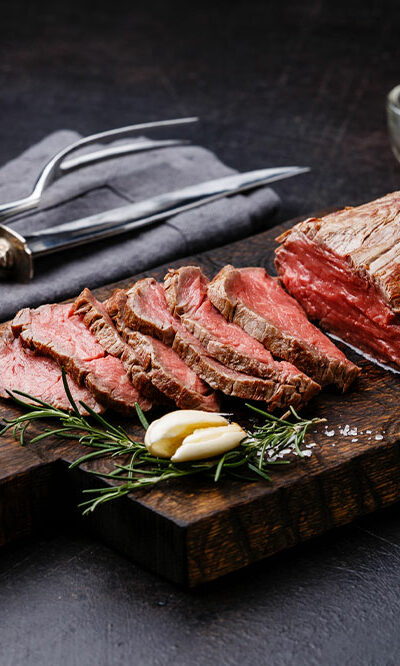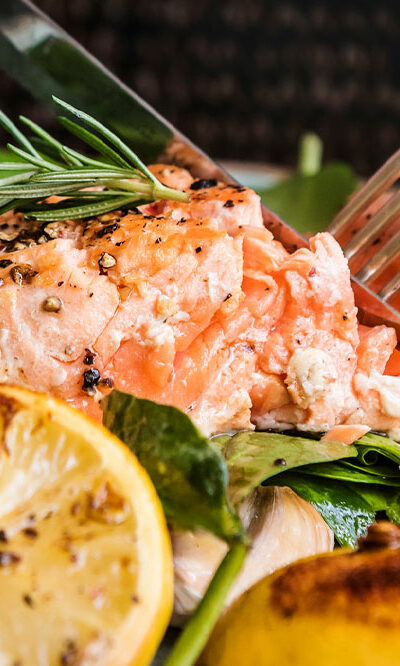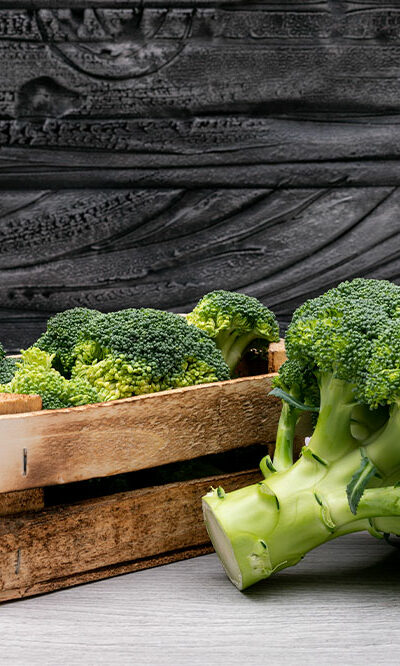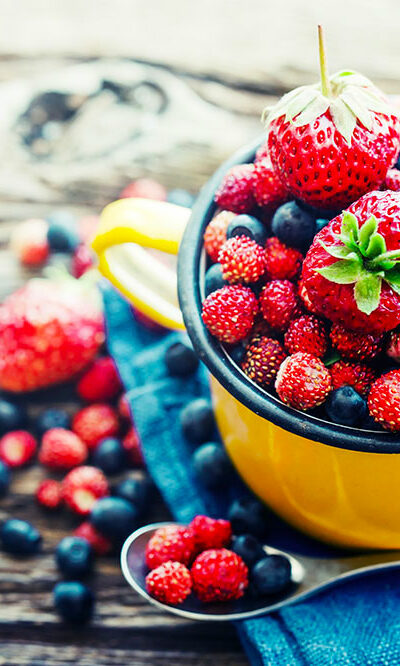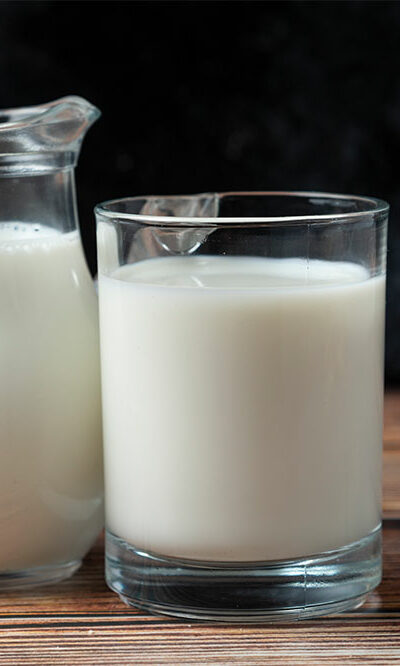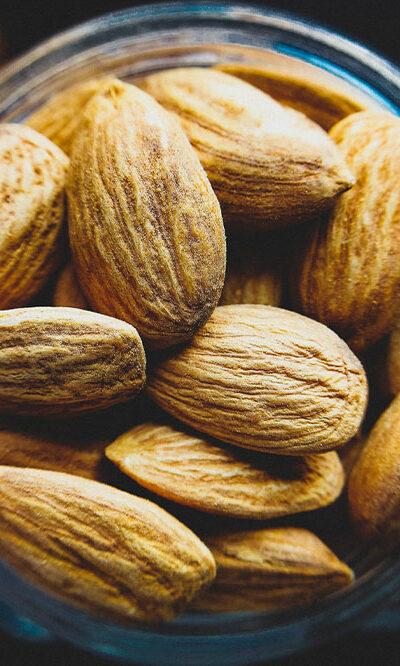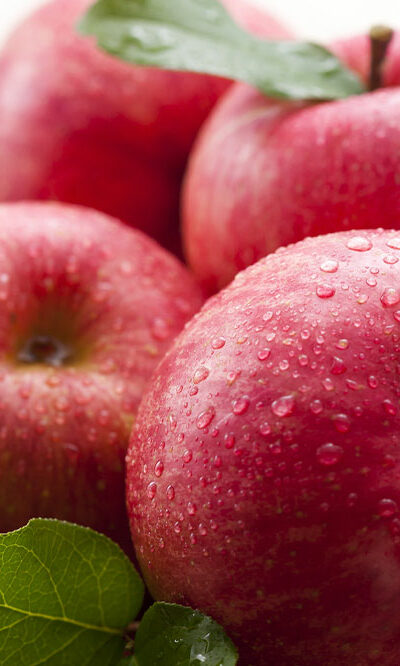
14 Foods to Eat for Better Lung Health
Our lungs play a vital role in the functioning of our body, so it is crucial to care for them. Increased exposure to air pollutants, microbes, and allergens can cause inflammation in the airways and lead to breathing trouble. These pollutants can also increase the risk of severe respiratory problems like asthma and chronic bronchitis. One way to keep the lungs healthy in the long term is to eat foods that help them function better. Apples Apples are packed with the antioxidant quercetin, which helps keep the lungs healthy. This red fruit also contains vitamin C, vitamin E, and flavonoids, which promote lung function. People who eat apples regularly have an improved lung capacity and experience a slower decline in lung functioning that occurs naturally with age. Peppers Vitamin C is an antioxidant that protects against certain lung diseases like asthma and lung cancer. This vitamin is abundant in red bell peppers, chili peppers, and cayenne peppers. Cayenne peppers, in particular, are also a great source of capsaicin and beta-carotene. One can add these peppers to salads or pasta to benefit from vitamin C and antioxidants. Beets This root vegetable is loaded with nitrates, a natural chemical that may support lung health. Nitrates are converted into nitric oxide in the body, which helps relax blood vessels, reduce blood pressure, and improve lung function. Due to these benefits, beets are recommended for people with pulmonary hypertension and breathing difficulty. Tomatoes Tomatoes contain lycopene, an excellent source of carotenoids that have numerous health benefits. According to a particular study, adding tomato and tomato products to meals can reduce airway inflammation in individuals with asthma and improve lung function in people with chronic obstructive pulmonary disease. It can also prevent chronic bronchitis from flaring up. Further, eating tomatoes regularly may help slow down the natural decline in lung function that occurs as a person ages.
